The little West Bronx Park that could, defying a decade of cleanup efforts
by Lucas Manfield
Used condoms, cigar wrappers and plastic bags are strewn over the rough paths and stone stairways that zigzag through an overgrown hillside below Bronx Community College in the West Bronx. The air is acrid with the stench of urine and feces.
This isn’t an abandoned lot. It’s University Woods, a 119-year-old city park with a long history of neglect and dashed hopes.
“It’s ridiculous,” said Jose Sanchez, a lifelong Bronx resident who descends the park’s primary stairwell connecting Sedgwick and Cedar Avenues everyday on his way to the commercial laundry where he works. “People depend on these steps, especially in wintertime.” He cites bad lighting and slippery steps as several of the dangers greeting neighborhood park-goers. He steers clear in evenings.
These issues haven’t gone unnoticed. For the last three years, the park has failed every city inspection, receiving “unacceptable” ratings in both cleanliness and “overall condition” according to the Parks Department website. It is the only park in the Bronx to have this distinction.
Over the last decade, neighborhood advocates and city politicians have promised to clean up the park and often, for a time, succeeded.
In 2008, Brandy Cochrane wandered into what she assumed was a vacant wooded hillside. What she had in fact discovered was the city’s worst park in 2003 and 2004 according to a report from New Yorkers for Parks, a citywide park advocacy group. But Cochrane saw its potential. She started Friends of the Woods, a neighborhood organization dedicated to remaking the park into the neighborhood treasure she imagined.
For the next five years, she threw herself into the project. Although she was working full time in marketing for a real estate company, she spent her weekends applying for grants, leading tours and running educational programs for kids.
Cochrane become a de facto community advocate. She set up a hotline that was inundated not just with suggestions for the park but complaints about negligent landlords and poor streets.
“People didn’t realize I wasn’t getting paid,” Cochrane said. Ultimately, she had to acknowledge that the job had become too much for her and she stepped away.
“Maybe it was my youth or naivety at the time but I thought maybe people just needed to see it could be done,” Cochrane said. But, she added, “The reality was that if I’m not running this, no one’s going to step up.”
Following the park’s resurgence under the stewardship of Cochrane, the park fell again into neglect.
This doesn’t surprise John Surico, author of a recent report analyzing the systemic problems facing the city’s parks. University Woods is, he said, “the ideal park that gets forgotten: small, mostly wooded and doesn’t have a playground.”
In 2005, then Park Commissioner Adrian Benepe gave no doubt to the city’s attitude toward University Wood’s, telling the The New York Times it wasn’t worth maintaining and he wanted it closed.
The current administration, however, strikes a different tone. “We value all our green spaces and are open to exploring ways to improve the site,” said a Parks Department spokesperson.
Mayor Bill de Blasio has made park equity a focus of his administration, investing hundreds of millions of dollars in chronically underserved parks across the city.
But University Woods is not one of them. The city did rebuild the park’s stairwell in 2008 at a cost of $420,000, according to a city website that tracks park improvements. Photos of the stairwell and surrounding paths posted to the Parks Department website in late 2012 are pristine. Those same views are now marred by trash.
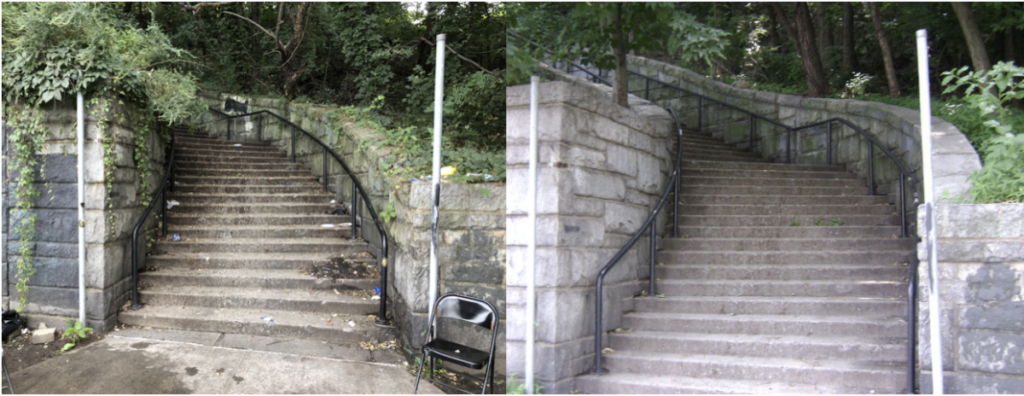
Left: the stairwell marking the southern entrance to University Woods from Cedar Avenue.
Right: a photograph on the Parks Department website that first appeared in late 2012.
As of publication, no further improvement plans for University Woods were listed.
De Blasio has also set a target of 85 percent of New Yorkers being within walking distance of a park. In a tweet last year the mayor said, “We’ve focused on park equity because NYC families deserve the greatest parks and playgrounds steps from their doors.”
Steps from the western entrance to University Woods lives Miguelina Veras. She looked incredulous when told that the hillside across the street was a city park. It’s dangerous, she said, and refuses to go there even to walk the dog. She sends her husband, a cop, instead.
Part of the problem may be lack of funds. The city’s parks will be underfunded by $1.2 billion over the next decade, according to Surico’s report, published by the Center for an Urban Future, a Manhattan think-tank.
This strains park maintenance personnel responsible for trail care and trash cleanup. “They’re jumping to 10 different parks in a week,” said Surico. “You don’t have any kind of community building where the workers get a sense of what neighbors say is a problem with the park.”
It often falls on local politicians to fill the gap, explained Surico. The local councilman, Fernando Cabrero, has promised an additional $100,000 for local parks and is working with the Parks Department on improving University Woods. He is in discussions with the department about altering the park’s cleaning schedule, he said in a statement.
While the city is still nominally maintaining the park, Cochrane has washed her hands of it. She last visited in 2013. She is now a vegan chef and runs a consulting business helping would-be entrepreneurs get started on their big ideas.
The park hasn’t entirely released its hold on her, however. She has been playing with the idea of restarting Friends of the Woods next year. “That place has that effect on you,” she said. “The potential is enchanting.”

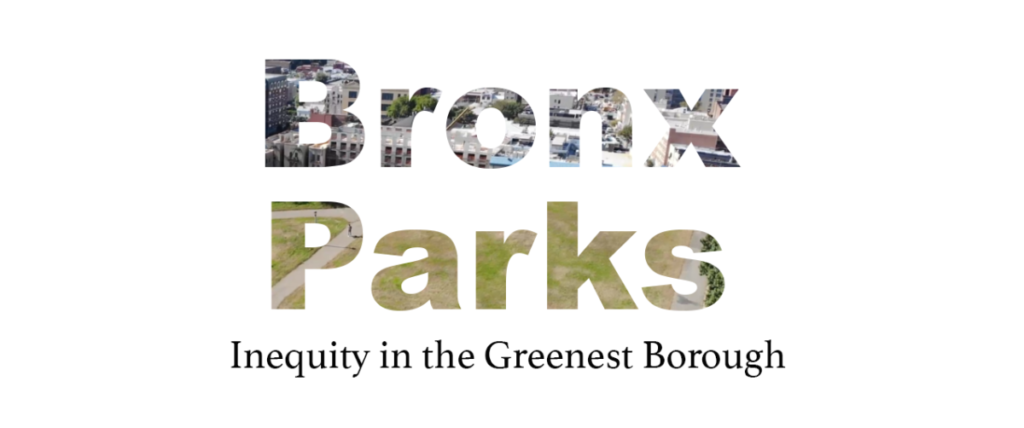
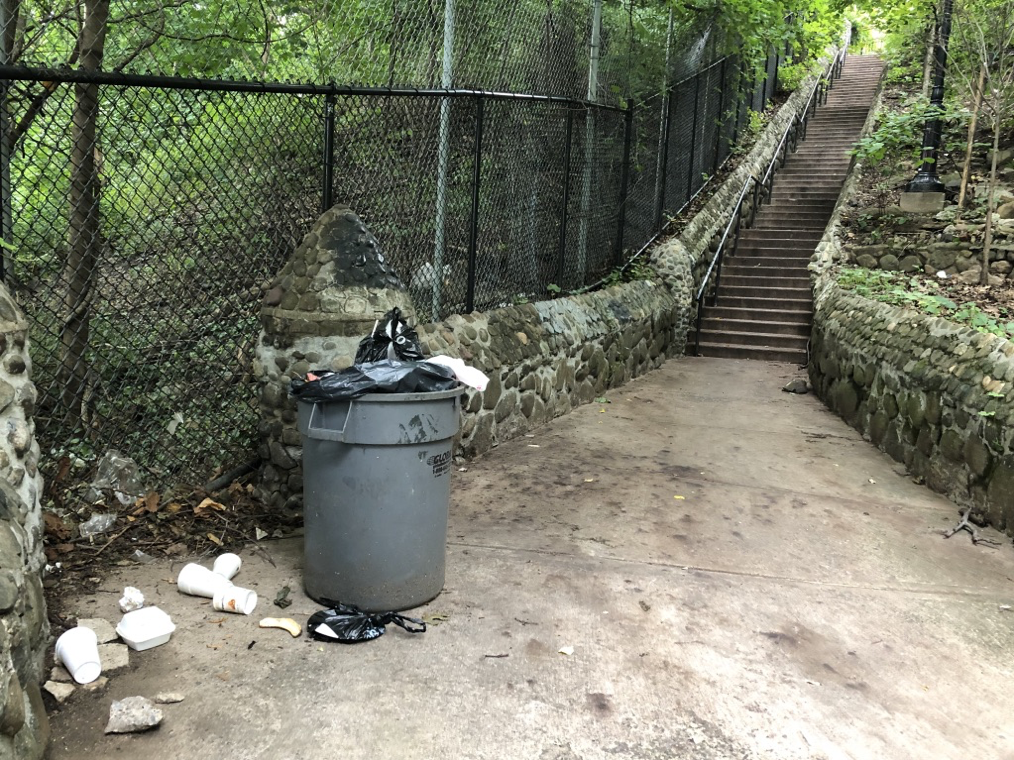

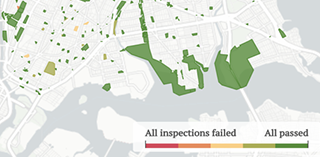 Tracking inspection records in Bronx public parks | Lucas Manfield
Tracking inspection records in Bronx public parks | Lucas Manfield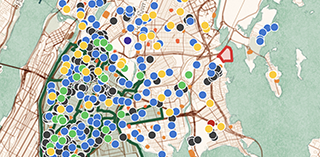 Mapping amenities in Bronx public parks | Leafy Yan
Mapping amenities in Bronx public parks | Leafy Yan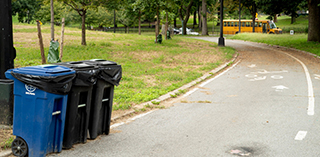 Acceptable or unacceptable: trash and inequality in two Bronx parks | Max Horberry
Acceptable or unacceptable: trash and inequality in two Bronx parks | Max Horberry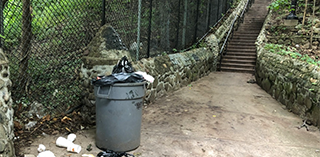 The little west Bronx park that could, defying decade of cleanup efforts | Lucas Manfield
The little west Bronx park that could, defying decade of cleanup efforts | Lucas Manfield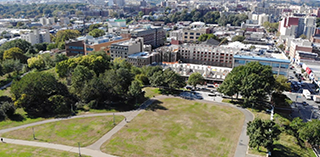 New life being brought to Tremont Park | Allen Devlin
New life being brought to Tremont Park | Allen Devlin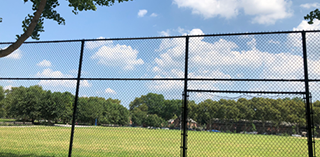 Take out the old bring in the new: Soundview Park | Olivia Eubanks
Take out the old bring in the new: Soundview Park | Olivia Eubanks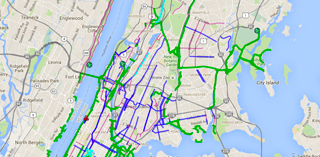 Learning to bike in the Bronx | Virginia Norder
Learning to bike in the Bronx | Virginia Norder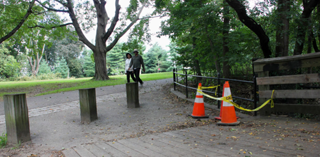 Private donors saved New York City parks—but for whom? | Brett Bachman
Private donors saved New York City parks—but for whom? | Brett Bachman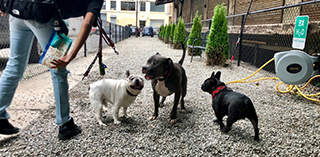 Privatized puppy parks: a Bronx tail | Tristan Cimini
Privatized puppy parks: a Bronx tail | Tristan Cimini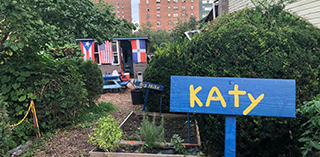 A Tale of Two Gardens | Tiya Thomas
A Tale of Two Gardens | Tiya Thomas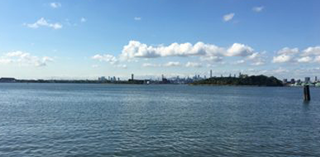 Access to North and South Brother Islands still in question | Savannah Jacobson
Access to North and South Brother Islands still in question | Savannah Jacobson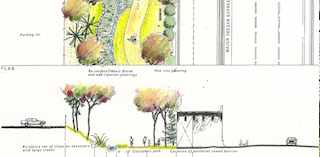 Is the Bronx not entitled to its own High Line park? | Beatriz Muylaert
Is the Bronx not entitled to its own High Line park? | Beatriz Muylaert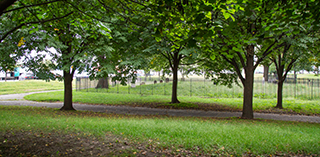 Ongoing struggle to get recognition for slave burial ground at Joseph Rodman Drake Park | Aliya Chaudhry
Ongoing struggle to get recognition for slave burial ground at Joseph Rodman Drake Park | Aliya Chaudhry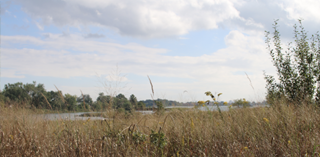 Bronx River Alliance: Water pollution has been the highest in years | Joasia E. Popowicz
Bronx River Alliance: Water pollution has been the highest in years | Joasia E. Popowicz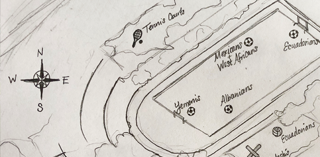 Immigrants face barriers to Bronx parks | Seyma Bayram
Immigrants face barriers to Bronx parks | Seyma Bayram